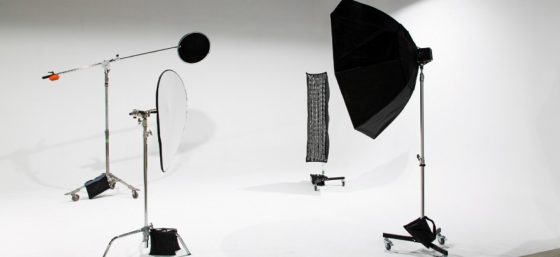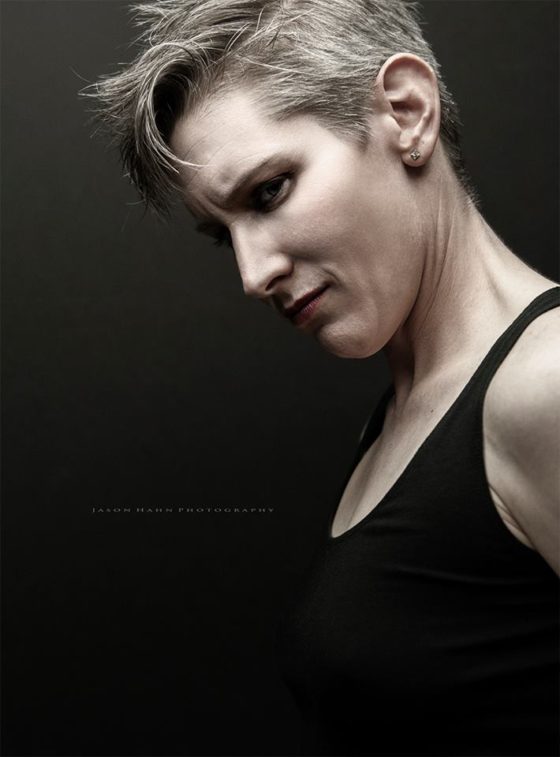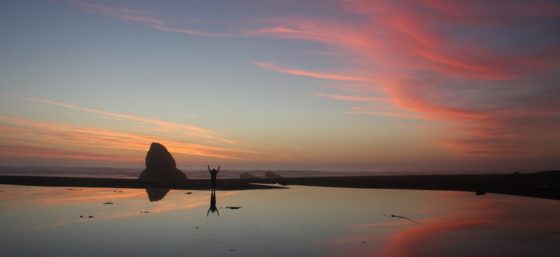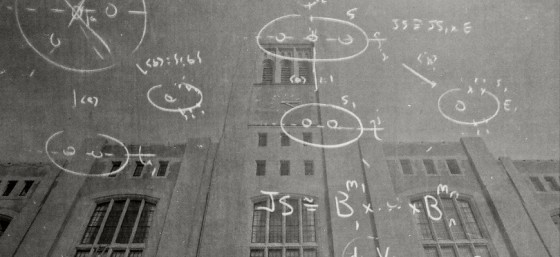
One of the most common questions I get from photographers is, “Where can I get a good (free) contract template online?” I’m sorry to say that I have yet to come across such a resource that I’d feel comfortable recommending to anyone, but I can tell you what I look for when I review these documents.
Contract = Relationship Management Document
The best way I can define a contract is it’s a relationship management document. Its purpose is to put everyone involved on the same page about their responsibilities and how you will address certain problems if they occur. Contracts manage expectations and allow you to hold each other accountable to the promises you made.
When I write a contract for a client, I try to walk through the interaction between the people involved during the relationship created by the contract and consider potential problems that might occur.
Here’s something to note about contracts: Whichever side writes the contract, does so based on their best interests. The drafter is looking out for their interests, not yours. I write the same type of contract quite differently depending on which side is my client.
Photography Contract Review
When a client asks me to review a photography contract template, these are some of the provisions I expect to see in a quality contract:
Parties and Scope: A contract should be clear about the who, what, where, and when between the parties. A third party should be able to read the contract and understand who is party to the contract and what their responsibilities are.
Consideration: “Consideration” is legal term meaning an exchange between the parties – what is each side giving and getting. In photography contracts, it’s usually trade for photos (TFP) or payment for images.
Deliverables: I would expect a photography contract to clearly state what the model/client is getting from the photographer as well as any limits on what the model/client can do with the images.
Copyright Notice: The contract should state who will own the copyright in the images – the photographer or the model/client. If the model/client is getting the copyright, I’d expect them to have to pay more than if they were just getting the images and a license to use them in certain ways.
Model Release: If you want to use the images for marketing purposes or to make money off the images in other ways, you will probably need a model release.
Problems and Worst-Case Scenarios: How are you going to deal with common issues like cancellations, no-shows, refund requests, and late payments? Those all should be addressed in your contract. What about rare but bad problems, like the files from the shoot are stolen, corrupted, or otherwise destroyed before you can make a back-up copy? You may want to address the worst-case scenarios in your contract too – usually in the “force majeure” section.
Dispute Resolution: If there is a problem between the parties, how will you resolve it – mediation? Arbitration? Litigation? Some other way? In what county and state will this occur? Which state law applies? In some states, you must specify that the non-prevailing party has to pay for the prevailing party’s attorney’s fees, otherwise the court won’t likely require this.
Boilerplate Terms: There are some provisions that I include in nearly every contract I write, like waiver, severability, modification, and entire agreement. These are the provisions that can have a substantial impact on your relationship with the other party but are often left out when a lay person tries to write their own contract.
No One Size Fits All
A contract template is a starting point for a contract with a model/client. There may be times when you need to revise it to fit the needs of a project. Additionally, you will likely need different templates for portrait work and event photography because the issues the contract needs to address are different.
There’s nothing wrong with using a contract from the internet as a place to get ideas for contract terms and how to phrase provisions, but I’ve never seen a contract template that someone got for free online that I would approve as written.
Lights Camera Lawsuit
There’s always a need for quality legal information for photographers. That’s why I created an online course called Lights Camera Lawsuit: The Legal Side of Professional Photography to address photographers’ most important questions. I want you to feel secure in your business, confident in the way you operate day-to-day, knowing that you’ve set yourself up to get paid what your worth without incident.
At $497, the course contains nearly six hours of legal information you can immediately apply to your business. That’s less than what I charge for two hours of legal work for clients!
Please subscribe for more information and to make sure you don’t miss out on any special offers or discounts.









